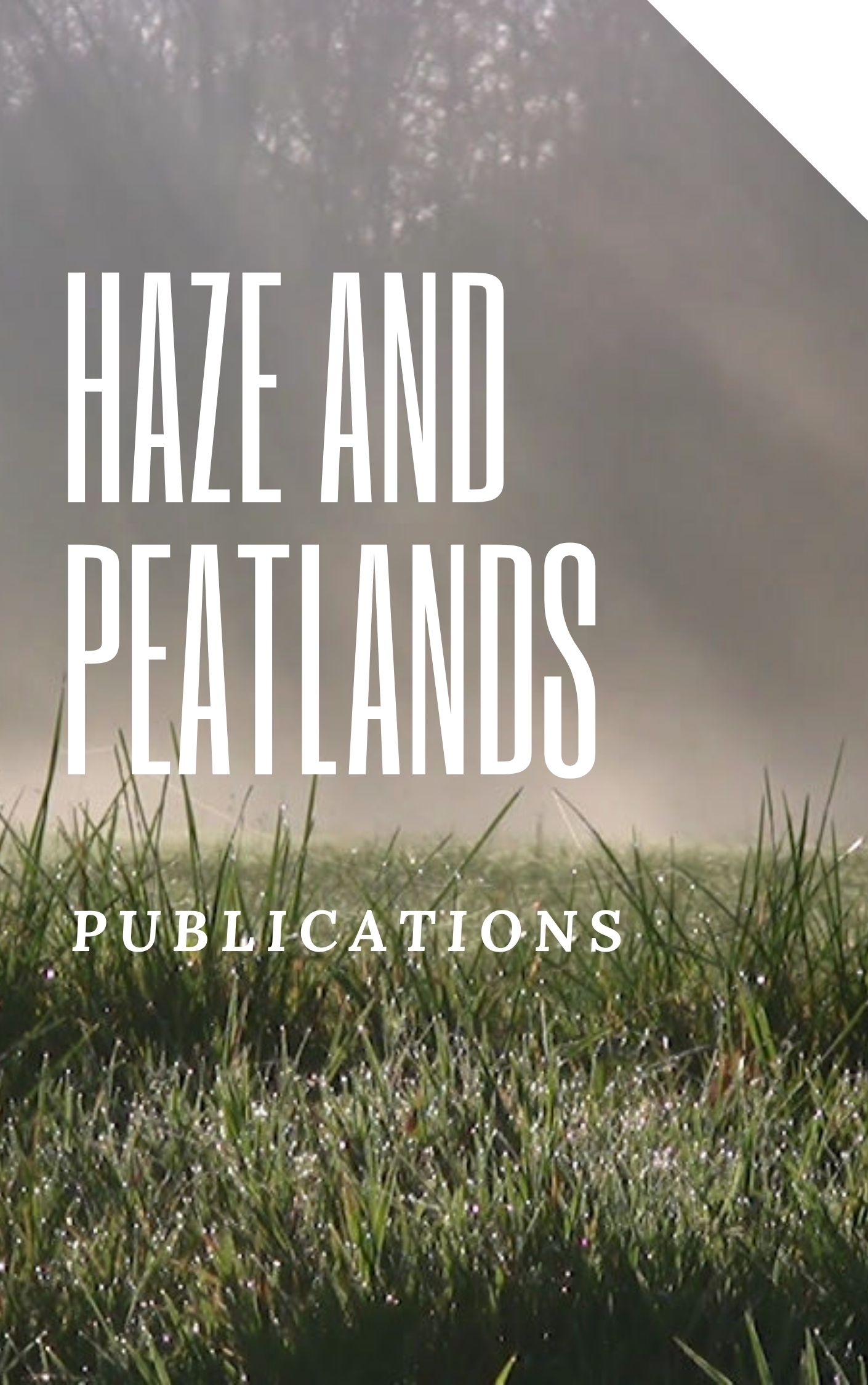The Katingan-Kahayan Corridor is currently one of the remaining habitats for Pongo pygmaeus wurmbii in Central Kalimantan, likely to be managed as an Essential Ecosystem Area. This area faces a high risk of deforestation in the future, as it is located outside protected or conservation zones. This study aims to project future deforestation in the Katingan-Kahayan Corridor from 2019 to 2050 and model its impact on orangutan habitat under two scenarios: (1) Business -as -Usual (BAU), and (2) implementation of an Essential Ecosystem Area (EEA). The deforestation risk model was built using the Random Forest Regression algorithm, while the orangutan habitat model was run using Maxent. The results of the deforestation projection model based on the two scenarios showed that by 2050, the Katingan Forest will become an isolated orangutan habitat with almost no connectivity to other large habitats around it. The secondary forest mosaic in the north of the Katingan Forest was likely to become highly vulnerable to deforestation and thus needs to be a conservation priority. The BAU deforestation scenario projected a decrease in the orangutan population in the Katingan-Kahayan Corridor by up to 68% by 2050, while the EEA implementation scenario can reduce the potential for population decline to 35%.
View source

